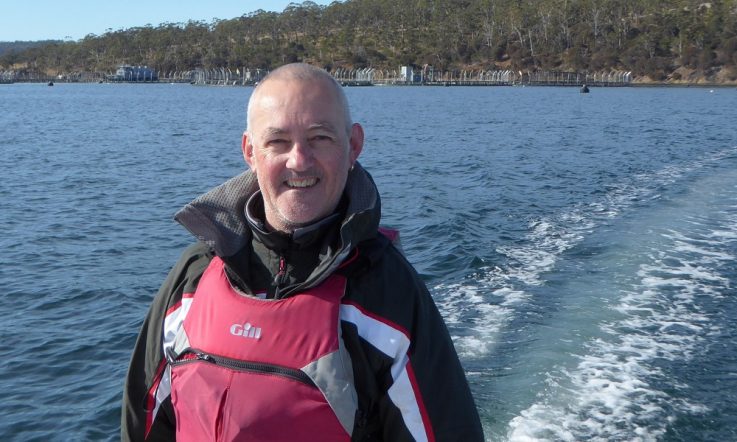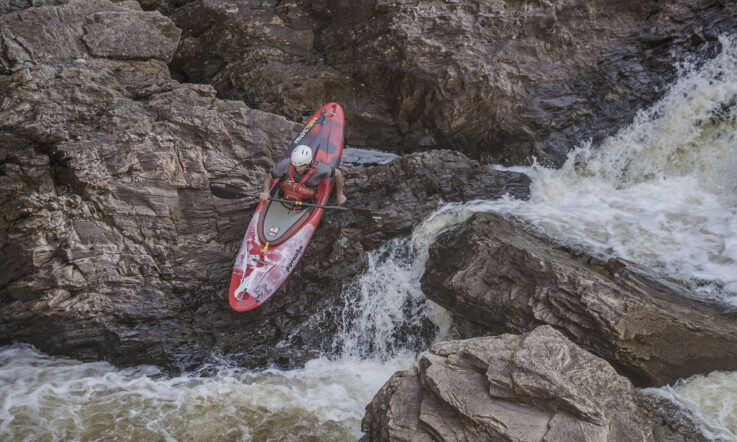Last year offered school leadership teams, amongst other things, the chance to reflect on the hows and whys of education. Suddenly flipped into extended bouts of remote learning, we quickly had to adapt to new ways of engaging with our students, decide what content to teach and what to cut, and question our values around assessment.
Our school was lucky enough to get on board with the University of Melbourne’s New Metrics for Success research partnership at the start of 2021. Its aim is to engage with schools across the country to build rigorous and validated frameworks for assessing the skills which have traditionally fallen outside the standard curriculum.
Monivae College in Hamilton, 300 kilometres west of Melbourne, is a small, regional Catholic school with a diverse demographic and low fees. Our leadership team felt there was something missing in our conservative, traditional approach to education. Our landscape would be familiar to many schools, regional or otherwise: 80 per cent of our students undertake the VCE (Victorian Certificate of Education) and 20 per cent VCAL (Victorian Certificate of Applied Learning – which includes vocational studies).
Those who follow a VCE pathway aim for tertiary study, and our VCAL students point themselves towards apprenticeships and employment. But it didn’t feel like it suited all our students, and when it comes to individual students, is ‘best fit’ really good enough? We thought not.
The value of connecting with other schools
Whilst engaging with New Metrics has been useful in developing our awareness of assessment practices for 21st Century skills like critical and creative thinking, connectedness, and ethical responsibilities, it’s also had a more important impact. Connecting with the other schools in the network has given us a glimpse into what’s out there; what’s possible.
We’ve seen practical examples of organisations like Big Picture Education Australia (BPEA) and South Australian Certificate of Education (SACE), which values success beyond traditional curriculum areas. BPEA has developed a model of education that has been tried and tested in the US and the Netherlands and focuses on a highly personalised approach to learning. Similarly, the SACE Learner Profile places a high value on showcasing the abilities of the whole student. And we’ve seen what it’s possible to do, even working well within the boundaries of the curriculum and our Victorian state requirements. As a result, we decided to change our Year 9-12 curriculum significantly.
Creating space for students’ interests
We began 2021 in consultation with students, putting out a series of surveys and holding focus groups to determine their interests. Our students highlighted a desire for a broader range of electives, particularly in The Arts, Design and Technology, and Health and Physical Education (HPE) areas. There were also a number of requests for electives dealing with contemporary issues such as Black Lives Matter and LGBTIQA+ concerns. Once we had gathered this information, the Learning and Teaching Team put together a proposal for a new range of Major and Minor electives, which then went back to the students and our parent community.
Through a series of webinars and online resources – much of the process was conducted in remote learning – we began to develop our new timetable. Core subjects have, for the first time, given up periods to create room in the timetable for this broader range of interest-based electives. Curriculum content is covered in both core subjects and major electives, and minor electives draw on our local context, with practical and folio-based outcomes.
The new electives cover every aspect of the curriculum, meaning students can double- or even triple-up on areas they are passionate about. For example, students with a passion for HPE can either join our Sports Academy program or engage in a range of HPE electives such as Outdoor and Environmental Studies: Water and World Sports. Those with an interest in the sciences can undertake additional electives in Forensic Science or STEM. Where we have students with particularly niche interests, we have even begun discussions around using online courses and distance learning to meet their needs.
Careers, pathways and mentors
The additional periods gained from the reduction to core subjects has also made room for a new careers and Pathways Program in Year 9 which includes entrepreneurial and enterprise skills and will result in every student having an Individual Learner Profile with their own goals and aspirations. We have partnered with start-up company Edapt Education to custom build our Learner Profile platform, allowing students to contribute to their own portfolios, identify strengths and passions, and to easily visualise all of their data – including from internal school assessment tasks, external assessments through NAPLAN (the National Assessment Program – Literacy and Numeracy) and the Australian Council for Educational Research (ACER), and health and fitness metrics for our Sports Academy students.
In Years 10-12 students can participate in a program – Ignite – that connects them directly with mentors in an area they’re passionate about: so far, we’ve had applications from artists, musicians, young businesspeople, and students passionate about social justice. Most of the mentors will come from our own alumni, strengthening our connections with them. Students will engage with mentors during their usual school periods through both structured sessions and informal meetings which they will organise themselves as the need arises.
Further study, training and employment
Finally, in the senior years, we’ve been able to create more space for students to pursue their interests and have made sure that both VET (Vocational Education and Training) and Higher Education have an equal footing, with students able to undertake both options with minimal disruption to their timetables. We know that the ATAR (Australian Tertiary Admission Rank) is not the only pathway into tertiary study: far from it. We’re connecting students directly with universities and employers and making sure that everyone gets to where they want to go.
Monitoring, evaluation and development
Ultimately, taking part in the New Metrics partnership will inform how we measure the success of our students in areas like the pathways and mentor programs, informing their Learner Profiles, and providing a more complete picture of our students as they move up through the school. But more importantly, it’s given us an opportunity to connect with other schools and permission to make changes which go beyond ‘best fit’ and positively impact every single one of our students, whatever their interests.
As we go forward, we will be seeking frequent feedback from students and our parent community, including as part of our student leadership program. The changes will be evaluated by staff, and the elective offerings monitored and adjusted to meet student needs. We will also continue in our relationship with The University of Melbourne to develop the frameworks used to assess the skills we are developing beyond the standard curriculum.
How often do you speak to students about their subject interests? Do you know what their aspirations and goals are (for school and beyond)?
What opportunities exist to connect senior students with a mentor connected to their interests, passions and goals? Does the school have an alumni program, or a system for keeping in touch with former students? How could you draw on their expertise to support your current cohort?



